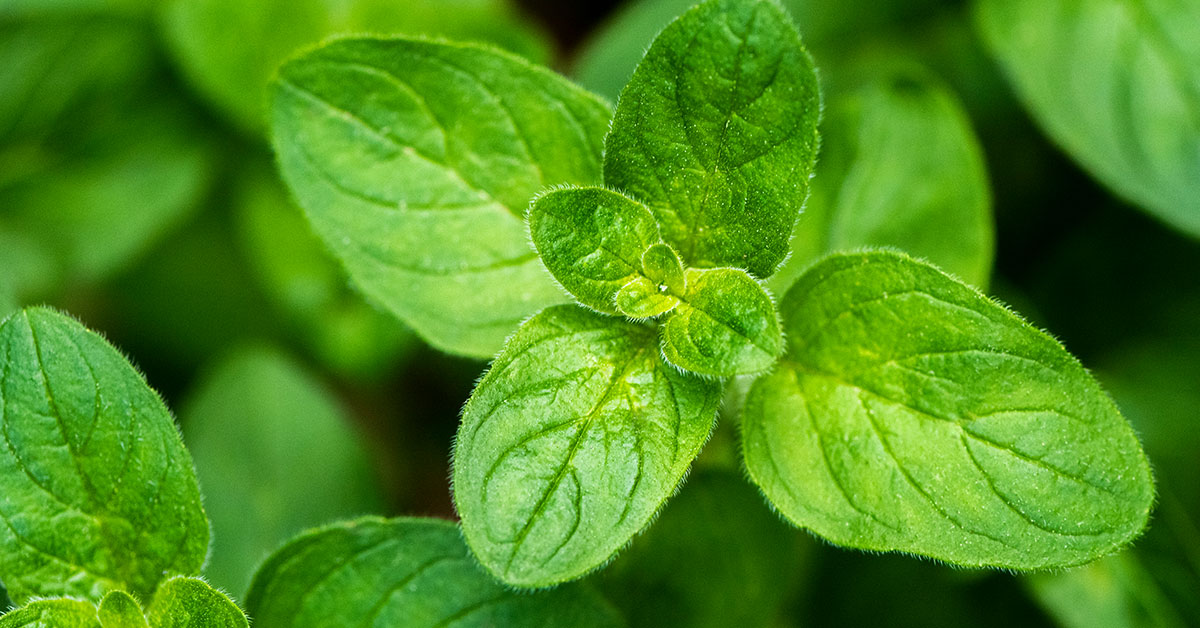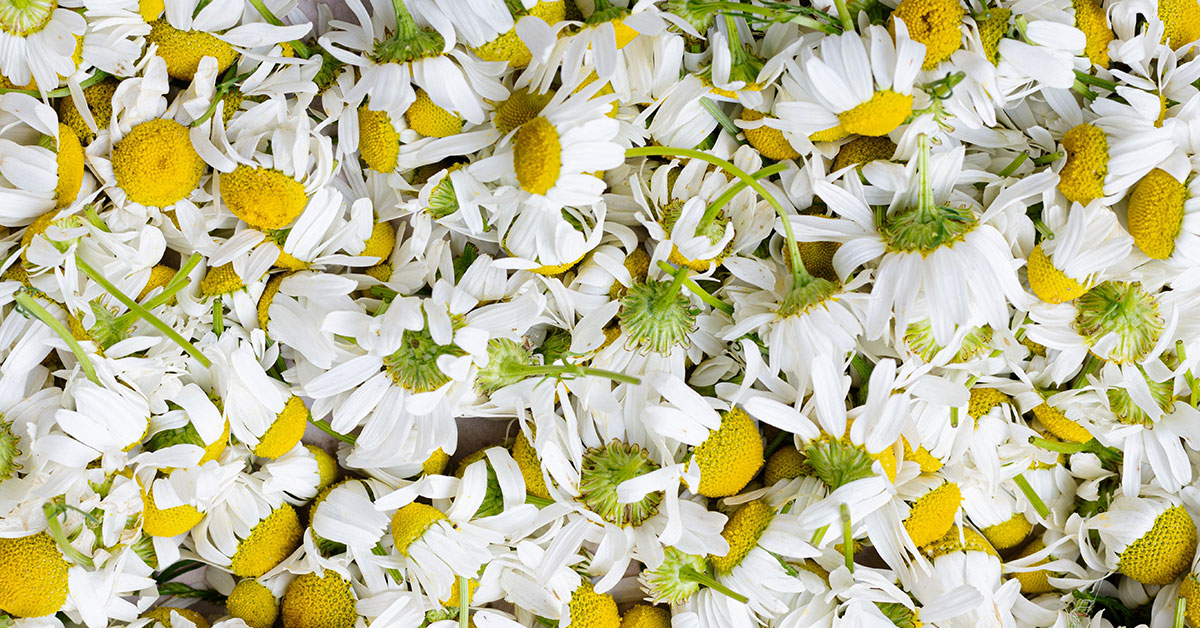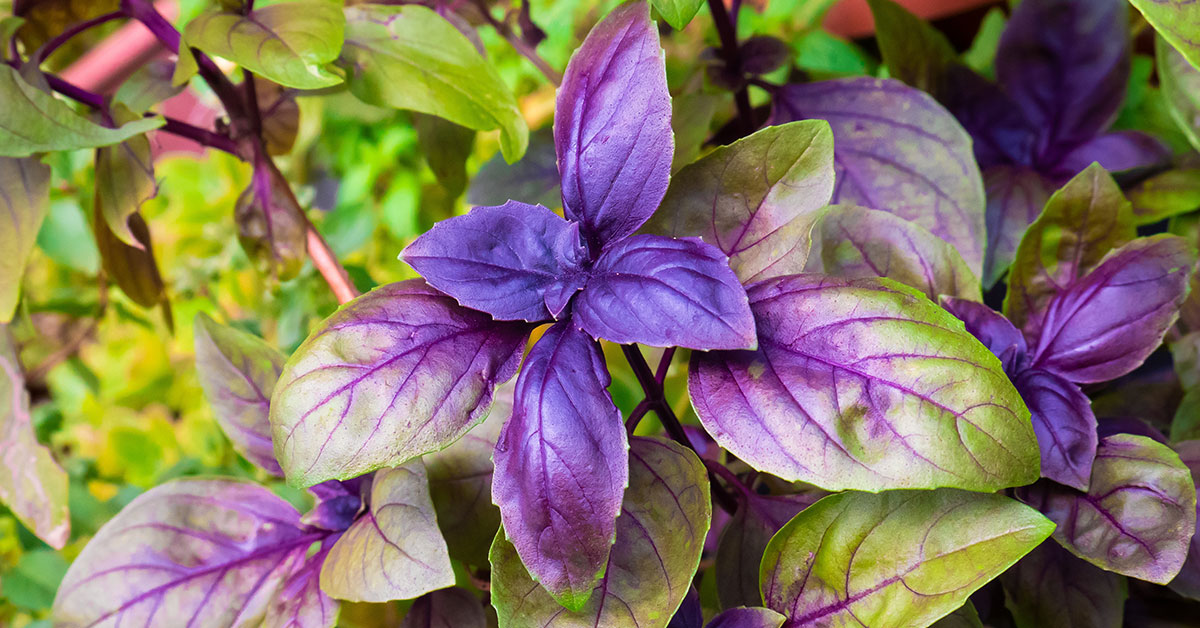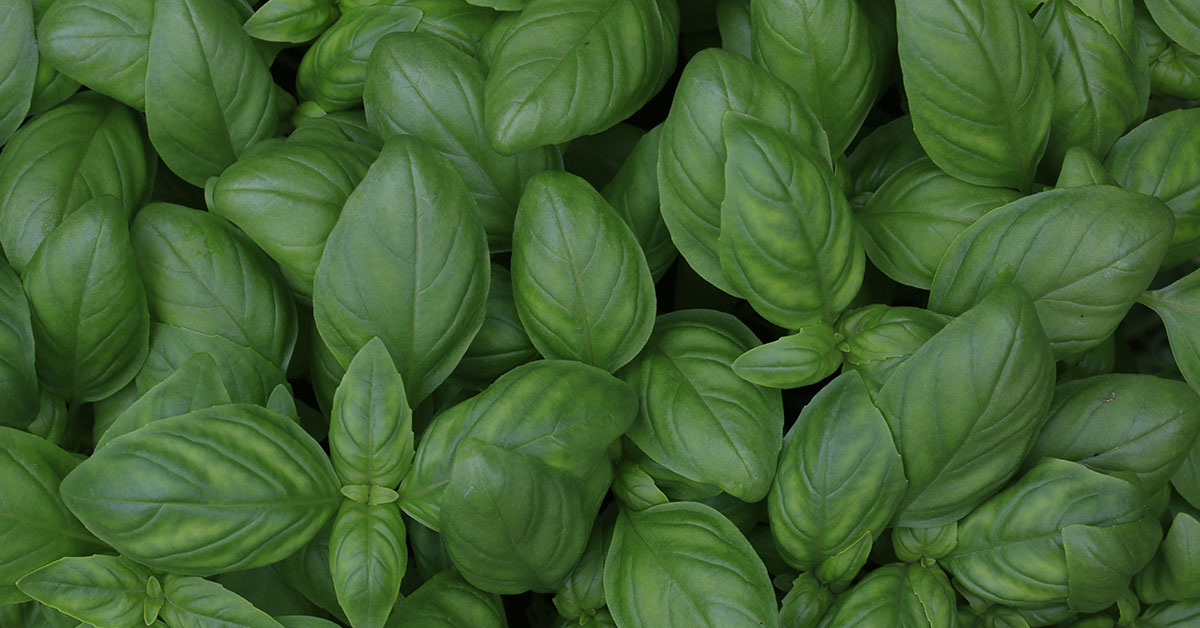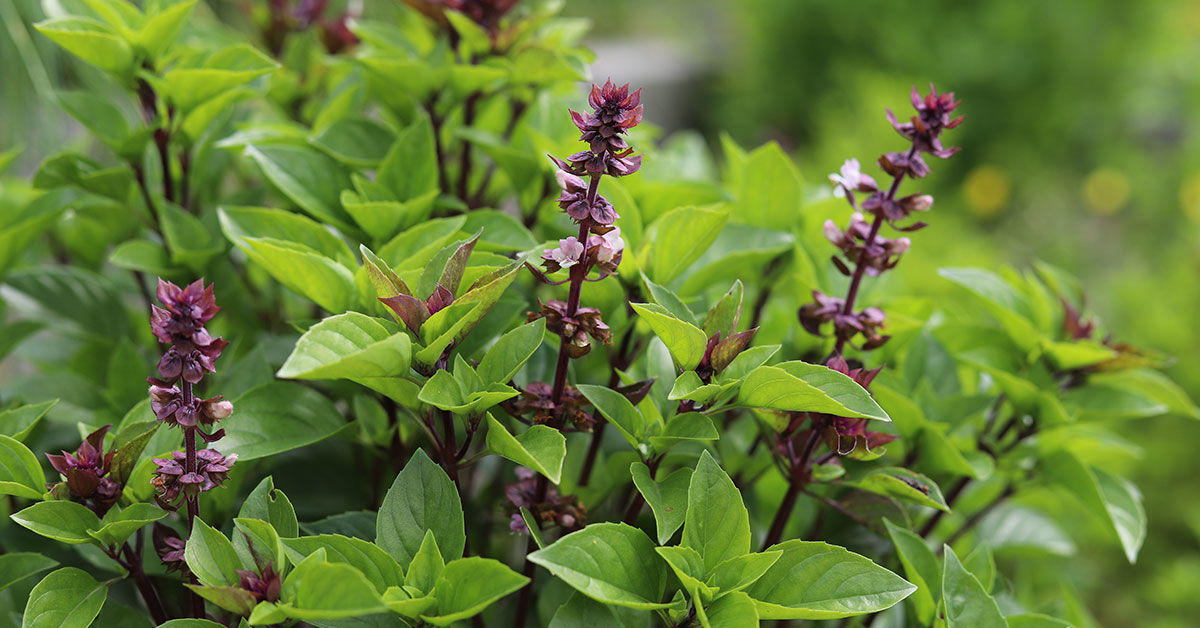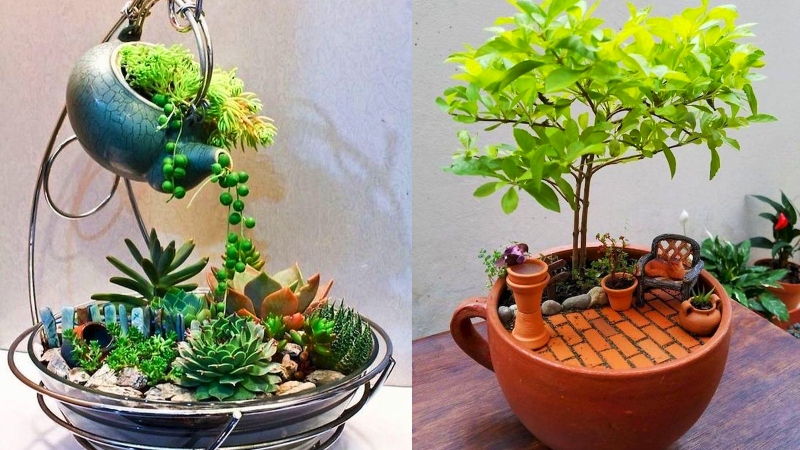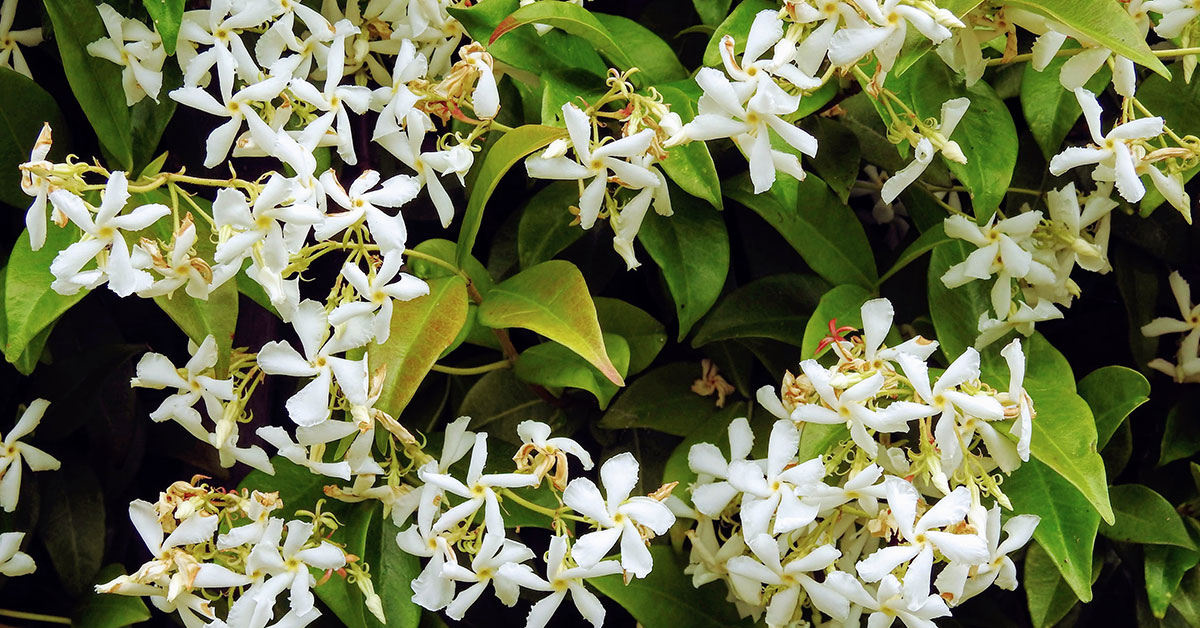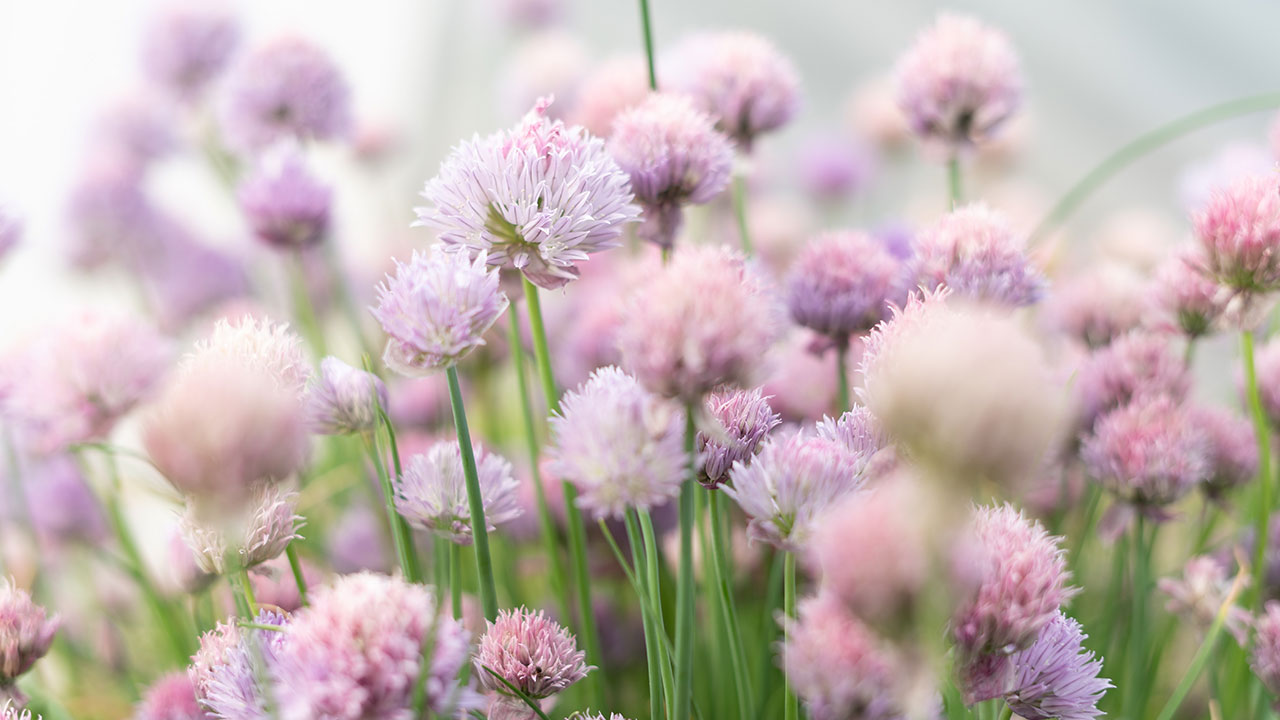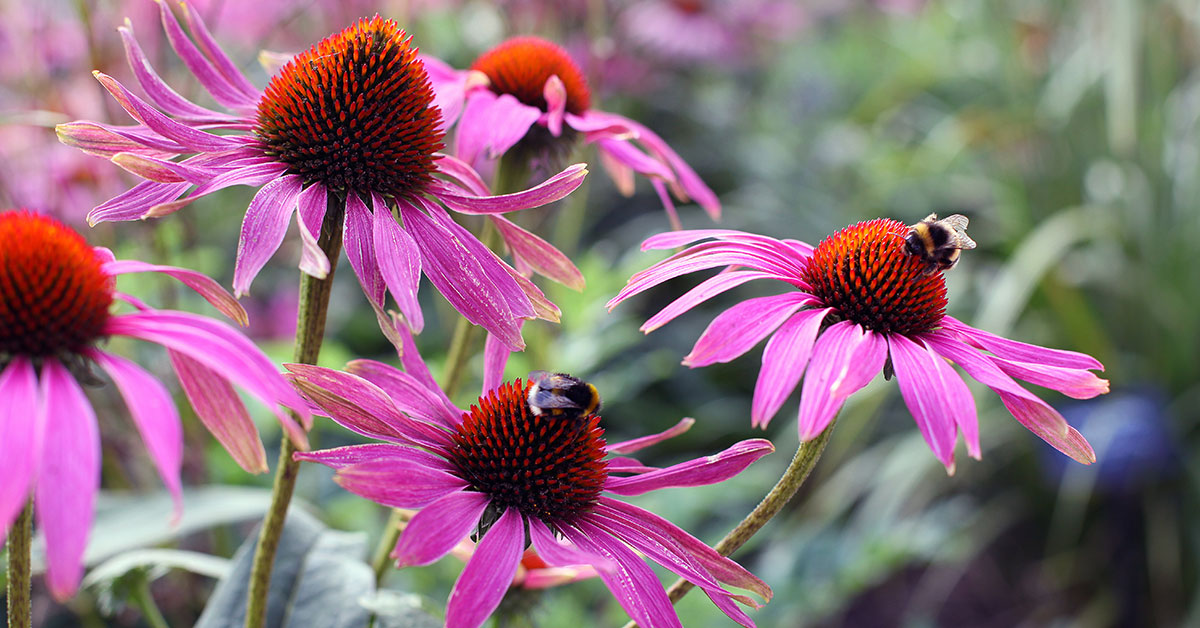Marjoram (Origanum majorana) is a delightful herb that boasts a fragrant aroma and a delicate, slightly sweet flavor. With its versatility in the kitchen and its ornamental appeal, marjoram is a favorite among herb enthusiasts. In this comprehensive guide, we will explore the cultivation, care, and utilization of marjoram, including its ideal hardiness zones, flavor profile, and culinary and medicinal uses.
What is marjoram?
Marjoram is a tender perennial herb that belongs to the mint family (Lamiaceae). It is native to the Mediterranean region and has been cultivated for centuries for its culinary and medicinal properties. The herb features small, oval-shaped leaves and produces clusters of tiny, white or pale pink flowers that add beauty to gardens and landscapes.
Where does marjoram grow?
Marjoram (Origanum majorana) is native to the Mediterranean region, specifically the countries of Cyprus and Turkey. It has been cultivated and used for culinary and medicinal purposes in this region for centuries.
In terms of hardiness zones, Origanum majorana is typically grown as an annual in most regions. However, it can be grown as a perennial in USDA hardiness zones 9-11. In these warmer zones, marjoram can withstand the milder winters and continue to grow year-round.
For areas with colder climates, marjoram is often treated as an annual or grown in containers that can be brought indoors during winter. It is important to note that marjoram is not as cold-tolerant as some other herbs, such as oregano. Frost can damage or kill the plant, so it’s best to take precautions in colder zones.
What does marjoram taste like?
Marjoram offers a subtle and nuanced flavor often described as a combination of oregano and thyme. It has a mild, slightly sweet taste with hints of citrus and pine. The flavor of Origanum majorana is more delicate and less pungent compared to its close relative, oregano. Its aromatic qualities make it a versatile herb in a wide range of culinary applications.
The best companion herbs for Origanum majorana
Companion planting other herbs with marjoram allows for efficient space utilization, promotes a healthy garden ecosystem, and provides exciting culinary possibilities. It’s a wonderful way to create a vibrant and thriving herb garden while enjoying the numerous benefits that companion herbs bring to the overall gardening experience. These are some of the best companions for marjoram:
- Oregano (Origanum vulgare): Origanum majorana and oregano are closely related and have similar growth requirements, making them excellent companions. They complement each other’s flavors and can be harvested together for various culinary uses.
- Thyme (Thymus spp.): Thyme and marjoram are both members of the mint family and thrive in similar growing conditions. They have complementary flavors and can be used together in dishes like roasted meats, soups, and stews.
- Basil (Ocimum basilicum): Basil and marjoram make great companions in the garden. They have contrasting flavors, with basil being sweet and marjoram having a slightly citrusy taste. Planting them together can provide a diverse range of flavors for your culinary creations.
- Sage (Salvia officinalis): Sage and marjoram share similar growing requirements and can be planted as companions. Sage’s aromatic leaves and marjoram’s delicate flavor can enhance each other when used together in cooking.
- Parsley (Petroselinum crispum): Parsley and Origanum majorana can be grown together, as they have different growth habits. Parsley has lush, curly foliage, while marjoram has slender leaves. This contrast adds visual interest to the garden, and the two herbs can be used in combination to enhance a wide variety of dishes.
- Rosemary (Rosmarinus officinalis): Rosemary is a sturdy herb that pairs well with marjoram. Its evergreen leaves and woody aroma create a beautiful contrast alongside the more delicate marjoram. Both herbs are commonly used in Mediterranean cuisine.
- Chives (Allium schoenoprasum): Chives and marjoram can be planted together, as they have similar cultural requirements. Chives’ mild onion flavor complements the subtle sweetness of marjoram and can be used in various savory dishes.
Remember, when planning your herb garden, consider factors such as sunlight, soil conditions, and water requirements to ensure that these companion herbs thrive together.
How to grow marjoram
Growing marjoram is a rewarding experience, whether you have a dedicated herb garden or a small container on your windowsill. Here’s a step-by-step guide on how to successfully cultivate Origanum majorana:
Choose the Right Location: Select a sunny spot in your garden or a location that receives at least 6 hours of direct sunlight each day. Marjoram thrives in warm conditions, so ensure the chosen area provides adequate warmth and good air circulation.
Prepare the Soil: Marjoram prefers well-drained soil with a pH level between 6.5 and 7.5. Prepare the soil by removing any weeds or debris and incorporating organic matter such as compost or well-rotted manure. This improves soil fertility and enhances drainage.
Start Seeds Indoors (Optional): If you prefer starting Origanum majorana from seeds, sow them indoors 6-8 weeks before the last frost date in your region. Use a seed-starting mix and lightly press the seeds into the soil surface. Keep the soil moist and provide warmth and indirect light until the seedlings emerge.
Transplanting: Once the danger of frost has passed and the seedlings have developed a good root system, transplant them outdoors. Space the plants 12-18 inches apart to allow for proper air circulation and growth. If you’re using nursery-bought plants, you can skip the indoor seed-starting process.
Watering: Keep the soil consistently moist but avoid overwatering, as Origanum majorana is susceptible to root rot. Water deeply whenever the top inch of soil feels dry. Mulching around the plants helps retain moisture and suppress weed growth.
Pruning and Pinching: Regular pruning or pinching of marjoram promotes bushier growth and prevents legginess. Pinch off the tips of young plants to encourage branching, and trim back any woody or straggly stems throughout the growing season.
Fertilization: Marjoram generally does not require heavy feeding. However, you can apply a balanced organic fertilizer once or twice during the growing season to provide essential nutrients. Follow the package instructions for application rates.
Pests and Diseases: Origanum majorana is generally resistant to pests and diseases. However, keep an eye out for common garden pests like aphids or spider mites. If an infestation occurs, use organic pest control methods such as insecticidal soap or neem oil.
Harvesting: Harvest marjoram leaves once the plant has become established and reached a height of at least 6 inches. Harvesting in the morning, when the essential oils are most concentrated, provides the best flavor. Pinch or snip off individual leaves or cut whole stems as needed.
By following these steps and providing proper care, you can grow healthy and abundant Origanum majorana plants. Enjoy the fresh fragrance and delightful flavor of this versatile herb in your culinary endeavors.
Uses
Marjoram is a versatile herb with various culinary and medicinal applications. Here are some common uses:
- Culinary Uses:
- Marjoram is a popular addition to Mediterranean and Italian cuisine.
- It pairs well with vegetables, meats, poultry, and fish.
- Use fresh or dried marjoram in soups, stews, sauces, marinades, dressings, and herb blends.
- Sprinkle chopped marjoram on pizzas, roasted vegetables, and grilled dishes for added flavor.
- Medicinal Uses:
- Marjoram is known for its medicinal properties, including soothing digestive issues and promoting relaxation.
- It can be brewed into a tea to relieve headaches, menstrual cramps, and promote better sleep.
- Marjoram essential oil is used in aromatherapy for its calming and stress-relieving effects.
Growing and caring for Origanum majoranaallows you to enjoy its delightful flavor and aromatic qualities in your culinary creations. With proper cultivation and maintenance, this versatile herb can thrive in your garden, providing you with an abundant harvest of fresh leaves.
Whether you use it to enhance the taste of various dishes or harness its medicinal benefits, marjoram is a valuable addition to any herb garden. Embrace the pleasures of growing and utilizing Origanum majorana to elevate your culinary experiences and enhance your well-being.
